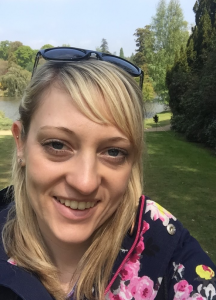This blog is part of our #PeopleOfRobogals series. This series highlights our volunteers from across the organisation, from our chapters to our leadership team and board members.
Robogals is made possible by our amazing volunteers from across the globe, ranging from students to professionals of all genders, ages and backgrounds. We come from a wide range expertise from engineering to law to commerce and are all united under the cause of gender equity in engineering and technology.

How did you first get involved with Robogals?
I first got involved with Robogals in January 2016 after discovering the society at Freshers Fair (student orientation). At the first meeting I attended I instantly felt part of a community and enjoyed learning new skills and teaching children over the proceeding months. From September 2016, I took over as president and for the course of the next two years I worked alongside other volunteers to deliver exciting robotics workshops within the local community.
What do you think is the biggest barrier preventing women entering engineering?
From personal experiences, I believe the biggest barrier preventing more women entering engineering is a lack of education and misconceptions about the subject. Engineering is often perceived as a heavy-duty, labour intensive job but more times than not, this isn’t the case. There are so many different sectors within engineering with lots of them utilising computers to solve tasks, and all of them offering a wealth of opportunities and exciting careers.
To challenge stereotypes and bridge the gender gap, I feel children from a young age should be exposed to engineering in a fun and creative manner. In the past, some all-girls schools have not offered the same subjects as all-boys schools, but this needs to change so that all students have the chance to study subjects such as electronics and computer science. Teachers and parents need to be made aware that engineering is an interesting, rewarding and successful career choice and actively encourage girls to pursue the subject.
What has been your experience with the gender ratio in your course?
Whilst studying an undergraduate degree in Mechanical Engineering at the University of Sussex, the cohort comprised of approximately 15% females. This was difficult as I lacked female companionship and occasionally felt out of place.
Now studying for a PhD in gas turbine engines, I still feel outnumbered compared to the number of males. However, I have always been made to feel welcome both in my undergraduate and postgraduate studies. I now feel part of a friendly and supportive department in the Thermo-fluid Mechanics Research Centre (TFMRC).
What do you think the benefits of mentorship for girls in STEM are?
I believe mentoring could offer a wealth of benefits to girls within STEM. Having the ability to share experiences in a supported manner could help girls to feel more confident and perform better within an educational environment and the workplace. In the past, there has been a negative stereotype regarding women within engineering and related disciplines. By having someone who is already in the industry as a role model to look up to could help a lot of girls feel more at ease and enter into a STEM based career in the first instance.
How did your project to design and build a model rig to study jet engines begin? How did the project evolve?
The project started in the summer between my second and third year of my undergraduate degree. Sussex University offers an eight-week placement known as the Junior Research Associate (JRA) scheme to help students realise their potential and give them a taste of the research environment. During the project I was involved with the construction of a demonstration rig, representative of rotating cavities found within high-pressure compressors of gas turbine engines. By utilising a principle known as de-rotation, I was able to obtain a stationary image of the rotating shroud.
Following the summer placement, I developed a deeper interest in the flow phenomena and heat transfer occurring within rotating cavities and the use of computational fluid dynamics (CFD) in modelling these highly unsteady systems. Determined to continue my work, I applied for a PhD at Sussex within the Thermo-fluid Mechanics Research Centre.
Was there a moment when you realised that engineering was what you wanted to study and do?
Throughout my childhood I lived on a farm and so I was fortunate that from a young age I was supported by my parents to tinker with machinery and troubleshoot equipment. This, along with my love of solving problems through the use of mathematics helped ignite my passion for engineering at a more advanced level.



